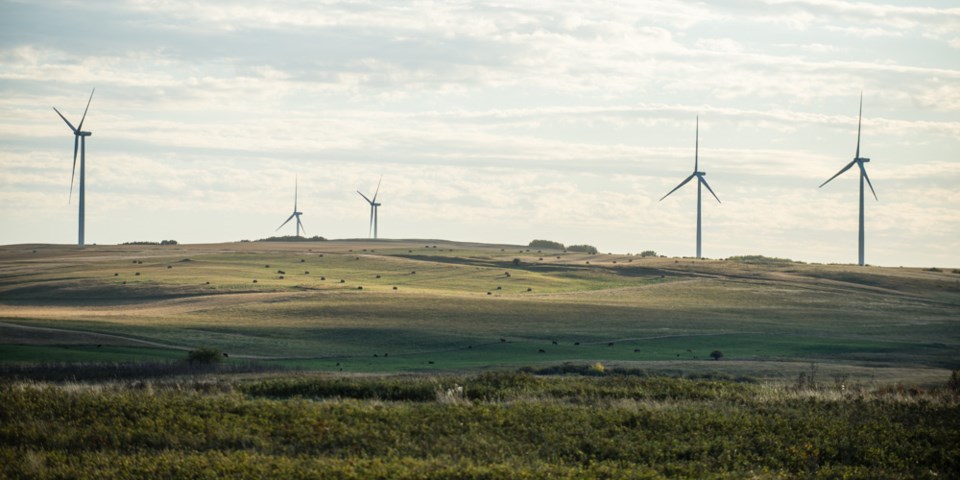Chaplin– It turns out petroleum projects aren’t the only ones with environmental concerns, as the Saskatchewan Ministry of Environment announced on Sept. 19 it was turning down a 177-megawatt wind-power facility which was proposed by Algonquin Power.
Meant to supply SaskPower, the project would have included a maximum of 79 wind turbine generators, approximately 50 to 70 kilometres of access roads and 110 kilometres of trenched transmission lines. The proponent’s environmental impact statement was reviewed by Saskatchewan Environmental Assessment Review Panel (SEARP), a team of technical professionals from across government, including the Ministry of Environment.
“The government will continue to move forward with green energy, with a goal of 50 per cent of power generation from renewable energy sources by 2030,” Environment Minister Scott Moe said. “Ultimately, there were potential negative impacts to birds and migratory corridors, as well as other risks, that led us to conclude this is not an appropriate location for a wind energy project.”
This was the first wind electricity project to undergo an environmental impact assessment in Saskatchewan. Moe added that the experience gained during this review and consultation was invaluable in the development of new siting guidelines for future wind and other renewable energy generation projects, which were also released Sept. 19.
Those guidelines include a five kilometre buffer zone has been establish around designated environmentally-sensitive avoidance areas such as national and provincial parks, ecological reserves, important bird areas and key Saskatchewan rivers. In addition, proponents will still be required to evaluate wind energy project siting at areas outside of avoidance zones to ensure any potential environmental and wildlife impacts are still mitigated.



